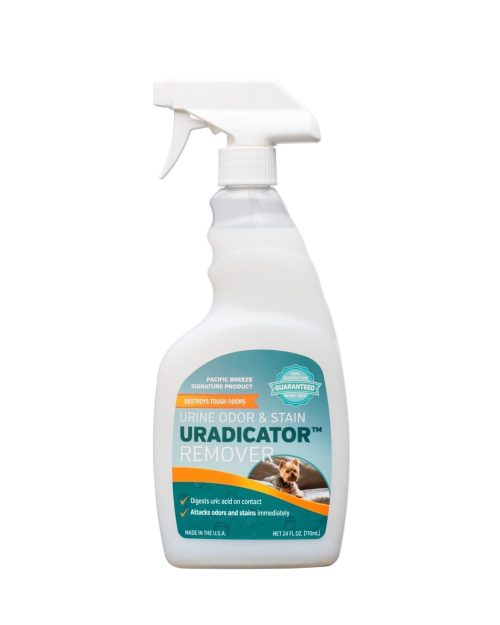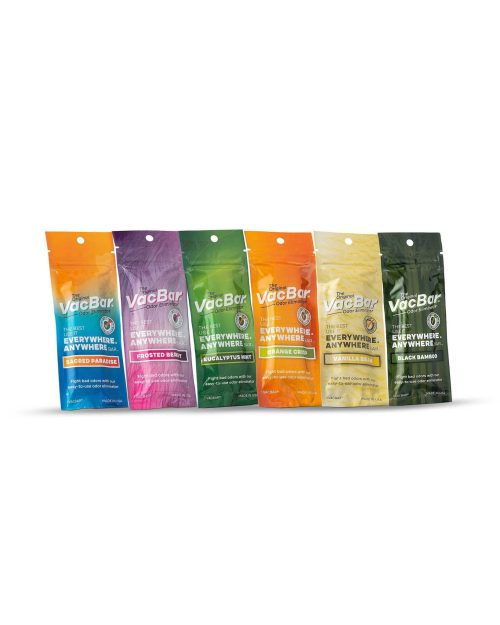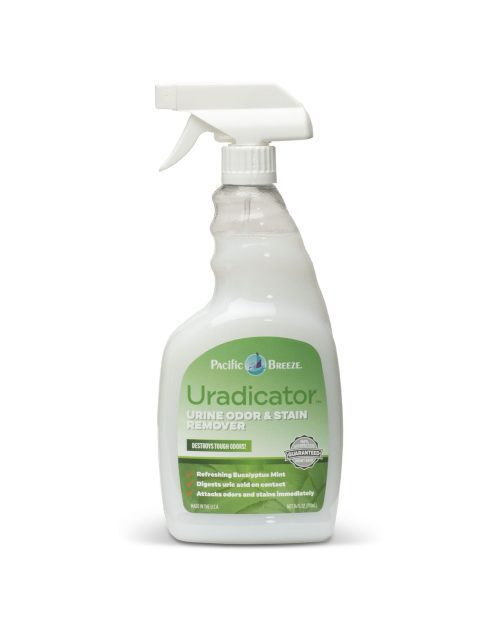Germs, Viruses, Bacteria… beware!
Gone are the days when we just needed to protect ourselves from cold and flu season. Germs are everywhere and they don’t discriminate between seasons. It’s more important than ever to protect ourselves from germs and viruses – daily.
The most effective (and the most popular) way to fight off germs is by washing our hands. We have all heard that. But, why? We touch our face almost 25 times every hour. That’s an average of almost 400 times per day. Throughout the day, we’re touching countless bacteria and germs. Then we’re bringing those germs up to our eyes, nose, or mouth. By not washing your hands, you’re increasing your risk of getting sick. It really is as simple as regularly (and thoroughly) washing our hands.
How Often Should You Wash Your Hands?
Now that we’ve established how important it is to wash your hands, the question becomes “when”. How often do you need to wash your hands in order to fight off those pesky germs and bacteria? There are 10 circumstances recommended by the CDC (Centers for Disease Control) in which to wash. These include:
- Before, during, and after food preparation
- Before you eat
- Before and after taking care of someone who is sick
- Before and after treating a wound
- After you change a diaper or clean up a kid
- After using the restroom
- After you blow your nose, cough, or sneeze into your hands
- After you touch an animal, animal food, or animal waste
- After handling pet food or treats
- After touching garbage
5 Places Germs Like to Hide
If you follow these guidelines, there will be plenty of times to rid yourself of germs throughout the day. Germs are hiding on all sorts of surfaces, not just the ones mentioned. Let’s cover a few of those:

1. Doorknobs. Doorknobs are touched by everyone in your house, all day, every day and contain tons of germs. If someone forgets to wash their hands after they change a diaper, they transfer those germs to the doorknob. If they blow their nose and open the bathroom door to wash their hands, the doorknob now has germs. This is the same thing with all of the other knobs (and light switches!) in your house. Try to avoid touching these. If you can’t, try using a disinfectant on the knobs at least once or twice per day.
2. Kitchen sponges. Sponges are gross. After about a week of use, 75% of regular household sponges have traces of Salmonella and E. coli (the National Sanitation Foundation). Think about that. Every time you pick up a sponge to wash a dish, you’re getting that on your hands and on your dishes. It’s a good idea to sanitize your sponges. Throw them in the washer or soak them in antibacterial solution. (As often as you can.)
3. Coffee Reservoirs. This goes for pour overs, too. Coffee reservoirs carry germs, yeast, and mold, and you’re touching them every single day. It’s hard to remember to throw these into the dishwasher daily, but if you can, you should. You can also soak these in vinegar for 30-45 minutes, if you’d like to do it that way.

4. Pillow cases. Like any item of laundry, pillow cases need washing. The problem is that we don’t often think to wash them frequently. Some people will go weeks without changing their pillow cases, and this is a huge problem. Your pillow case is home to all of your end-of-the-day germs. It is also soaking in any sweat or dandruff throughout the evening. If you have acne and you can’t figure out why, check your pillowcases. If they’re dirty, they can cause skin problems. Your mouth, nose, eyes, and ears are also pressed up against them. You’re more susceptible to illness if you don’t wash them frequently. Try laundry detergent with an antibacterial agent.

5. Electronics. Germs will easily transfer from your hands to your remote controls and your phones (and any other electronics you frequently use). Certain viruses and germs can survive for days on plastic surfaces. Don’t forget to keep some antibacterial wipes on hand and wipe them down every day or two.
These things, and many others, can’t always be cleaned every day. That’s why we wash our hands; we take preventative measures to keep healthy (and to keep our families healthy).
What Types of Products Should I Use?
Hand sanitizers and hand soap are often effective, but they dry out the skin. Thankfully, there are products out there that cater to comfort while fighting off bacteria and germs. For example: moisturizing hand sanitizer. It’s important that you always buy a hand sanitizer that’s at least 60% alcohol (that’s what kills the germs). Alcohol dries out the skin and cracks it. Most people will use lotion a few times a day in order to avoid this. With a moisturizing hand sanitizer, you don’t need to use lotion in between uses – it is hydrating your skin every time you use it!
Soap can also be drying and tough on the skin, especially if you’re using it as many times a day as we’re recommending. Thankfully, there is soap that moisturizes while it cleans. Try getting a soap with almond and honey in it. Your skin will thank you later. If you own a company, you will want to stock your bathrooms with moisturizing sanitizer and soap. You want a clean environment and you want to encourage your employees to wash their hands. If you pick products that smell and feel good, your employees will be more inclined to use them on a regular basis! You might consider placing a bottle of sanitizer at each desk, as well. Germs, viruses and bacteria may be invisible to the naked eye, but they are everywhere. Encourage your employees to clean their electronics and sanitize their hands for the safety of everyone. The less your employees get sick, the less money you’ll lose! Another great thing about these products is that you can buy in bulk to save some money.







